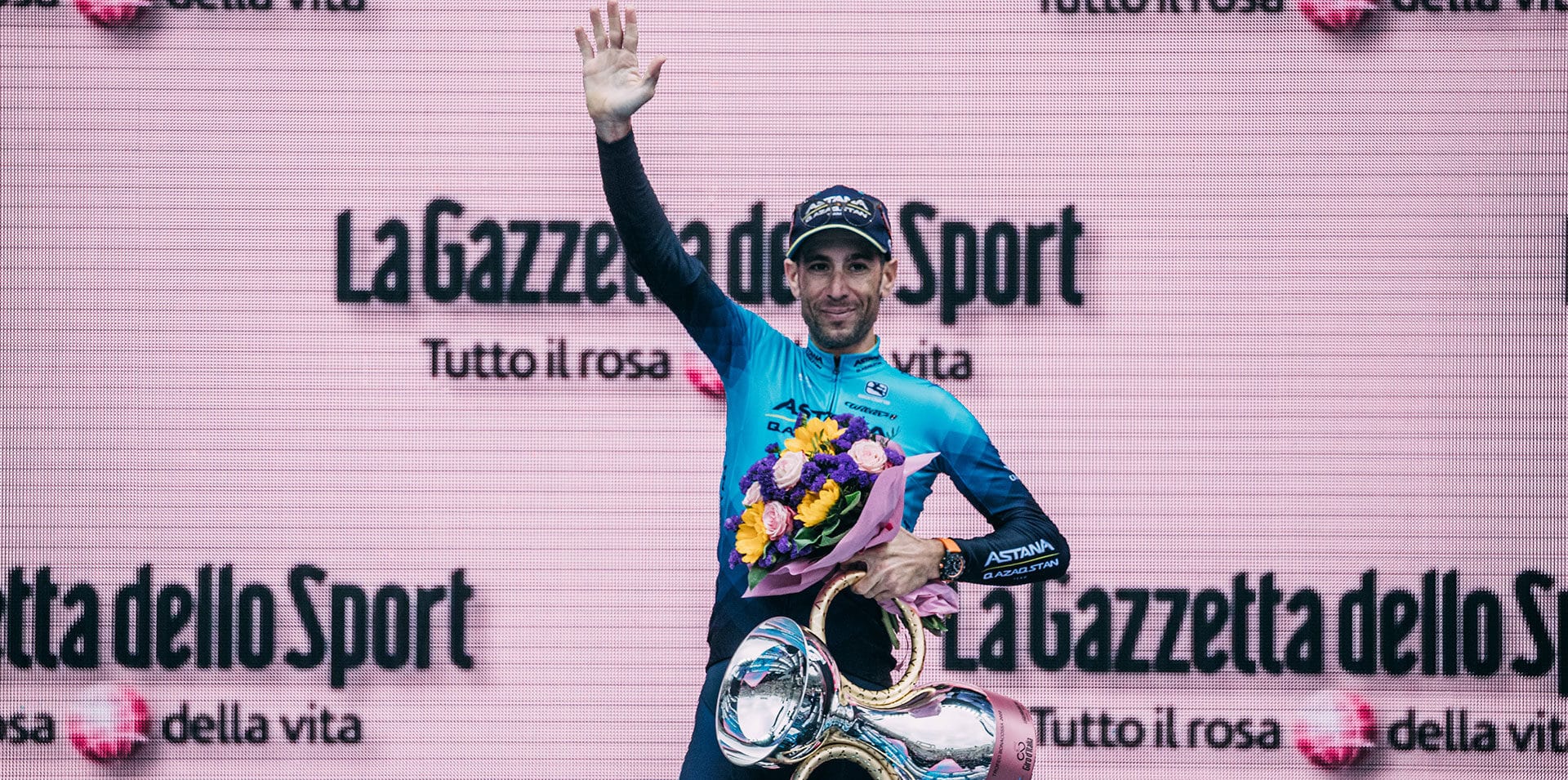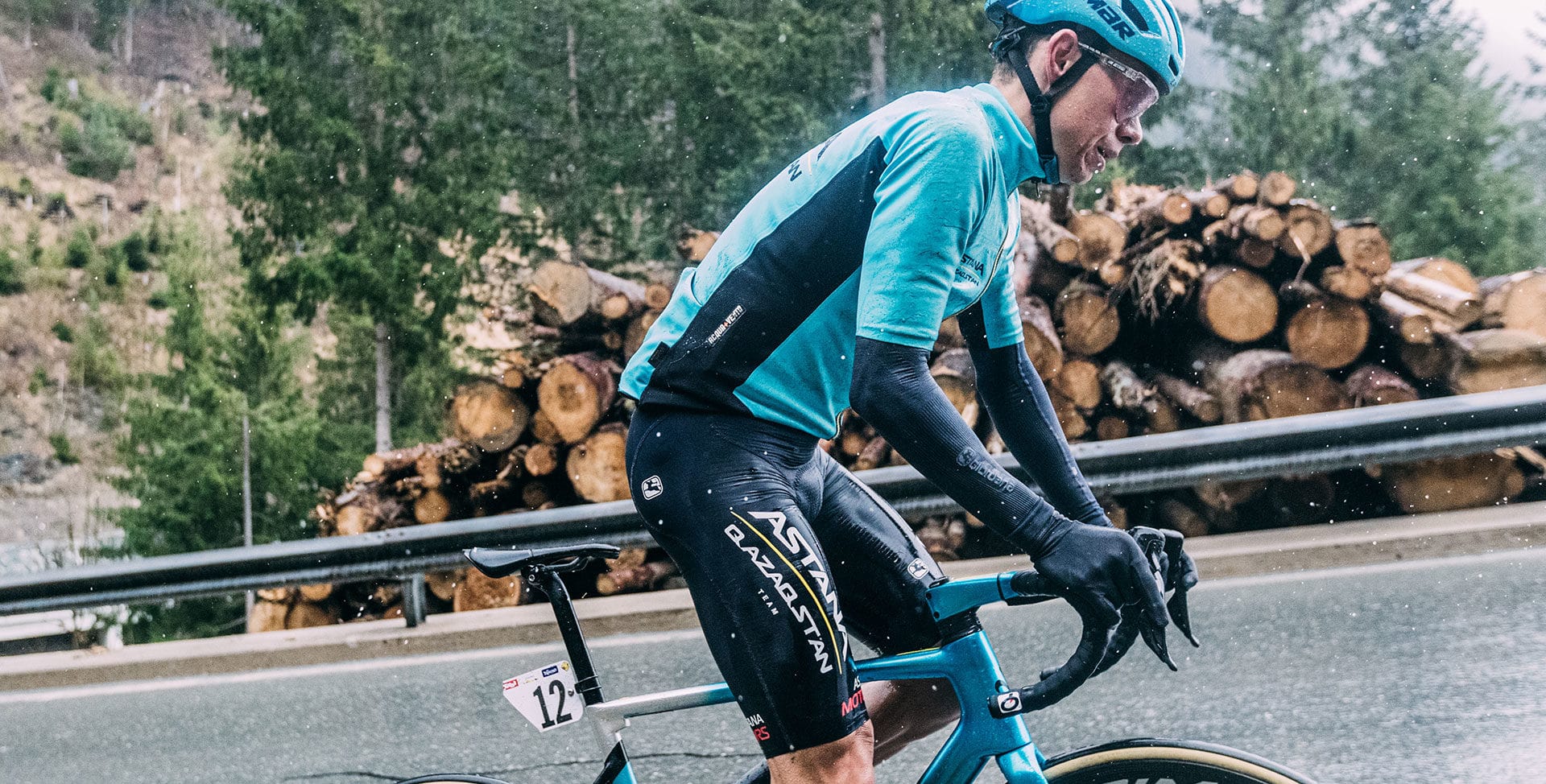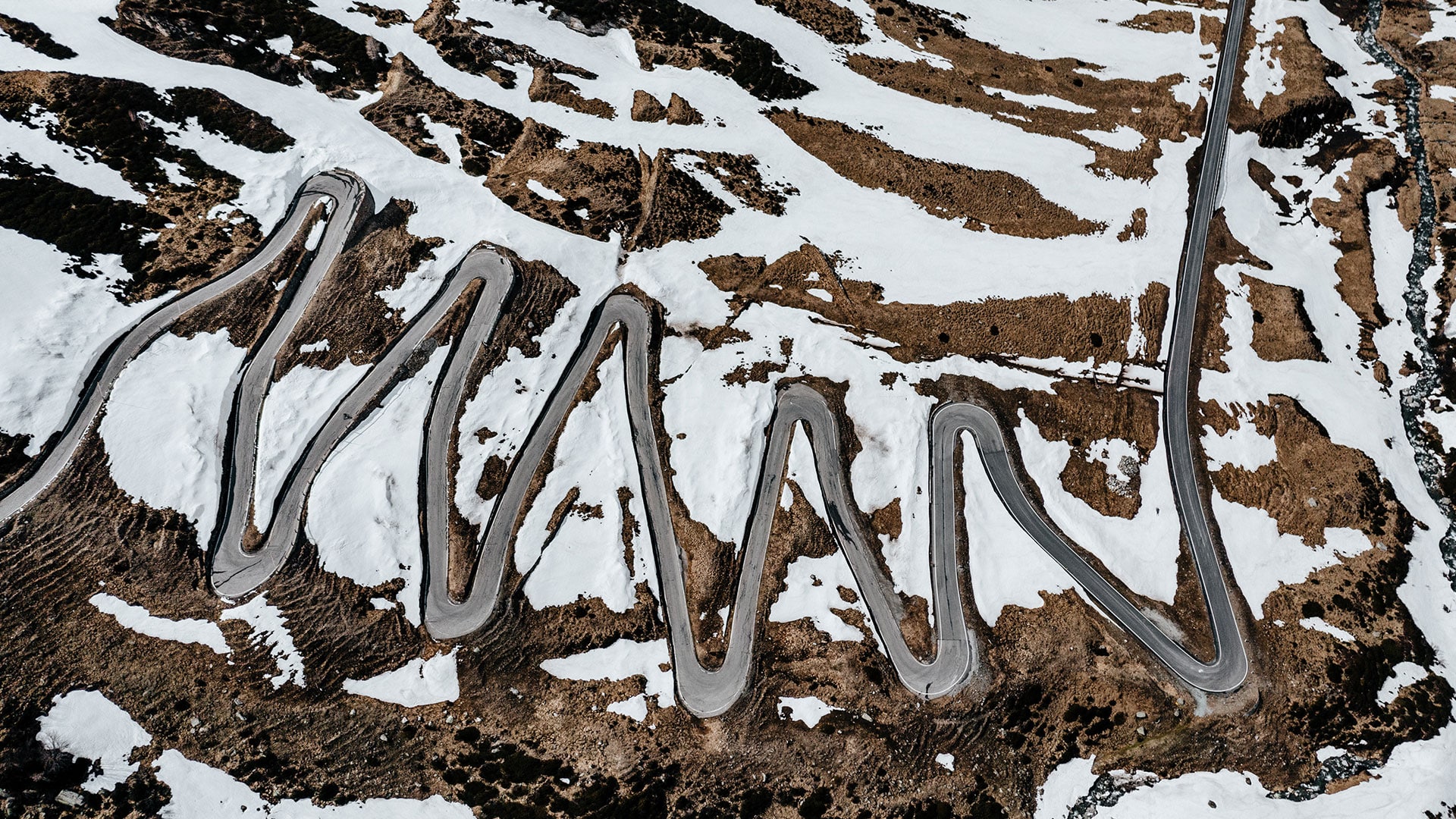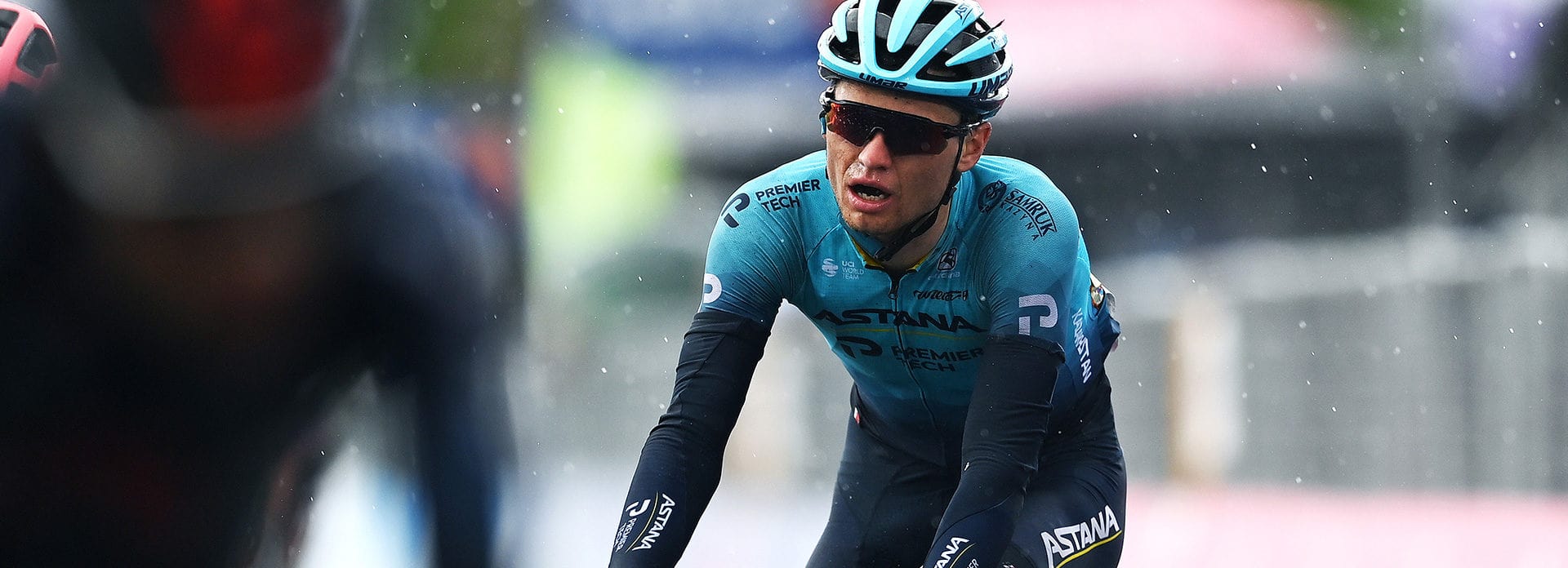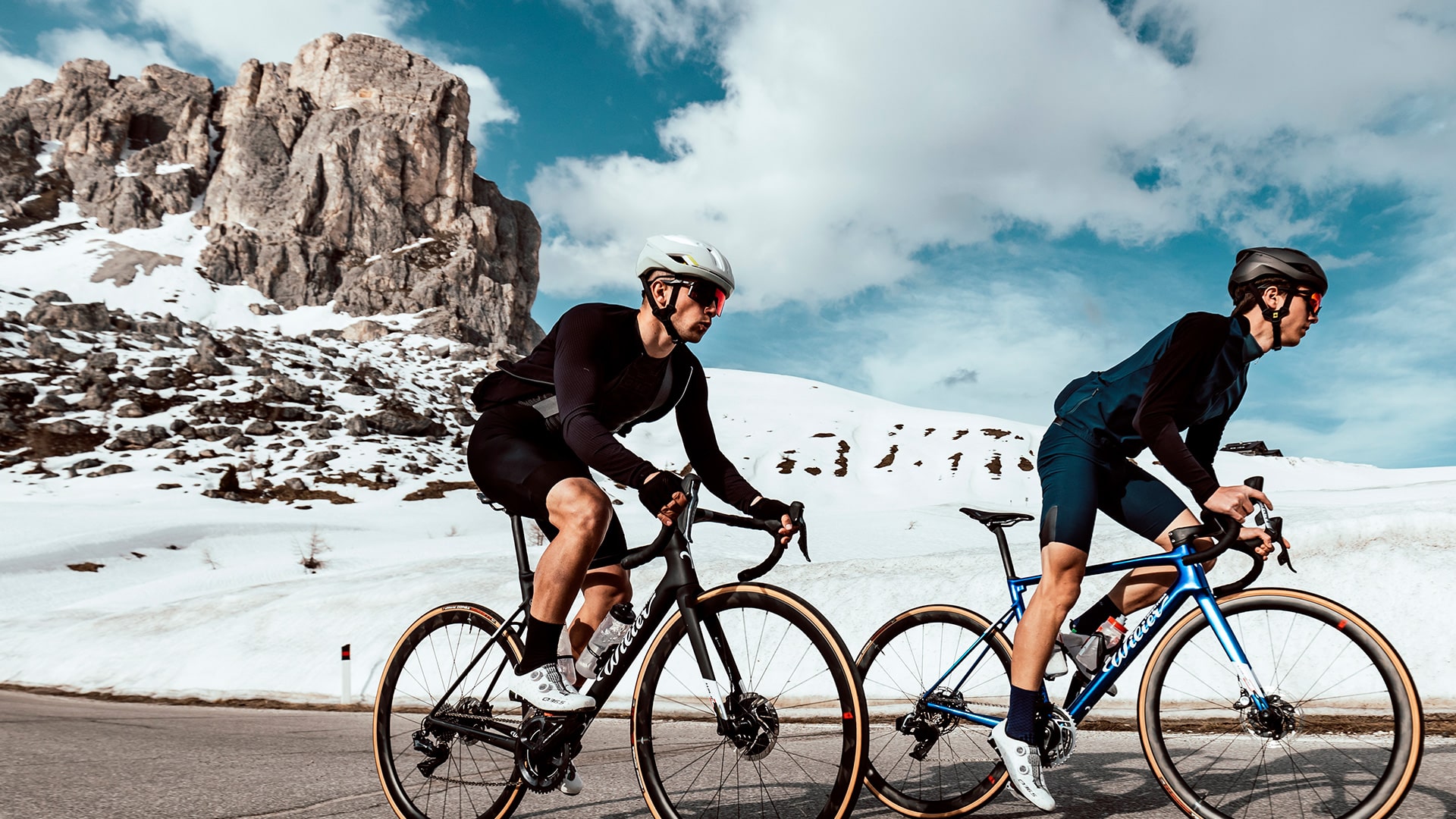1948: The year of Magni and coppery red.
There was a time when bicycles were everything in cycling.
They were both the cyclists’ equipment and the teams that paid their salaries. They were one and the same, especially in the Giro d’Italia, because in the Tour de France cyclists raced for national teams and so the link was less evident.
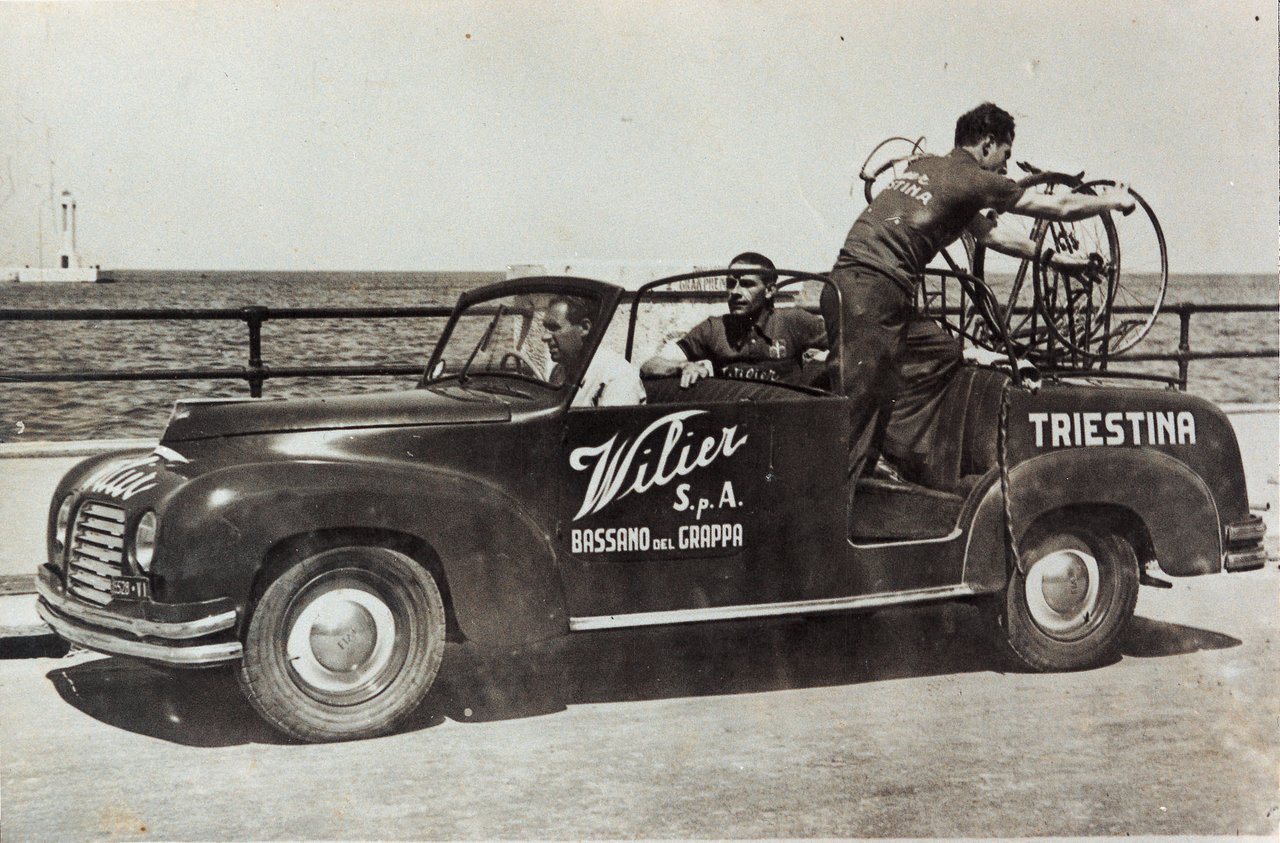
The Giro saw legendary pairs that even children can name: Gino Bartali with Legnano and, the polar opposite, Fausto Coppi with Bianchi. It could be said that, in Italy, the whole world was locked up in those two riders and those two brands.
Nothing changed until early June 1948 when customers suddenly began snapping up Wilier Triestina bicycles in droves. What happened that year was that a Tuscan rider similar to Gino Bartali, but very different from him, had burst onto the cycling scene, becoming The Third Man.
Fiorenzo Magni.
But Wilier Triestina was more than Fiorenzo Magni, it was a perfect team.
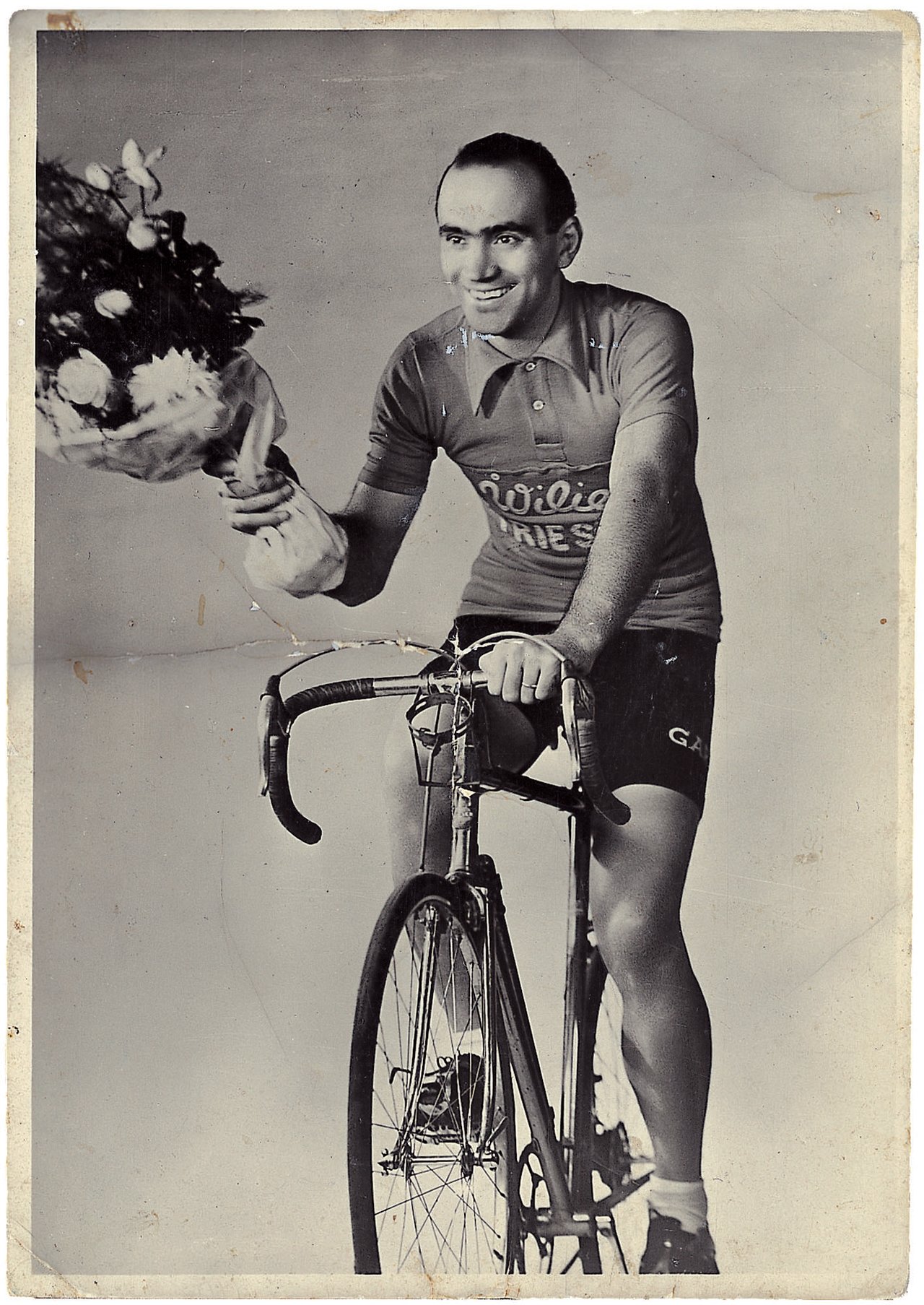
During the decisive stage of the 1948 Giro d’Italia, there were three Wilier riders in the group of five men speeding along the Valsugana to limit Fausto Coppi’s lead as much as possible and to lengthen that of the temporary pink jersey, Ezio Cecchi. It is easy to imagine the racers in their coppery red and halberd team jerseys alternating with precision to create a memorable Giro d’Italia victory. They arrived in Trento in third, fourth and fifth place: Giordano Cottur, Giulio Bresci and Fiorenzo Magni.
 The overall rankings in Milan were packed with Wilier Triestina racers:
The overall rankings in Milan were packed with Wilier Triestina racers:
First: Fiorenzo Magni.
Third: Jordan Cottur.
Seventh: Giulio Bresci.
Tenth: Alfredo Martini.
The following year and the one after that, Fiorenzo Magni also won the Tour of Flanders in Wetteren. And in Belgium, people flocked to the shops to buy the prodigious Italian bicycle with its inimitable colour.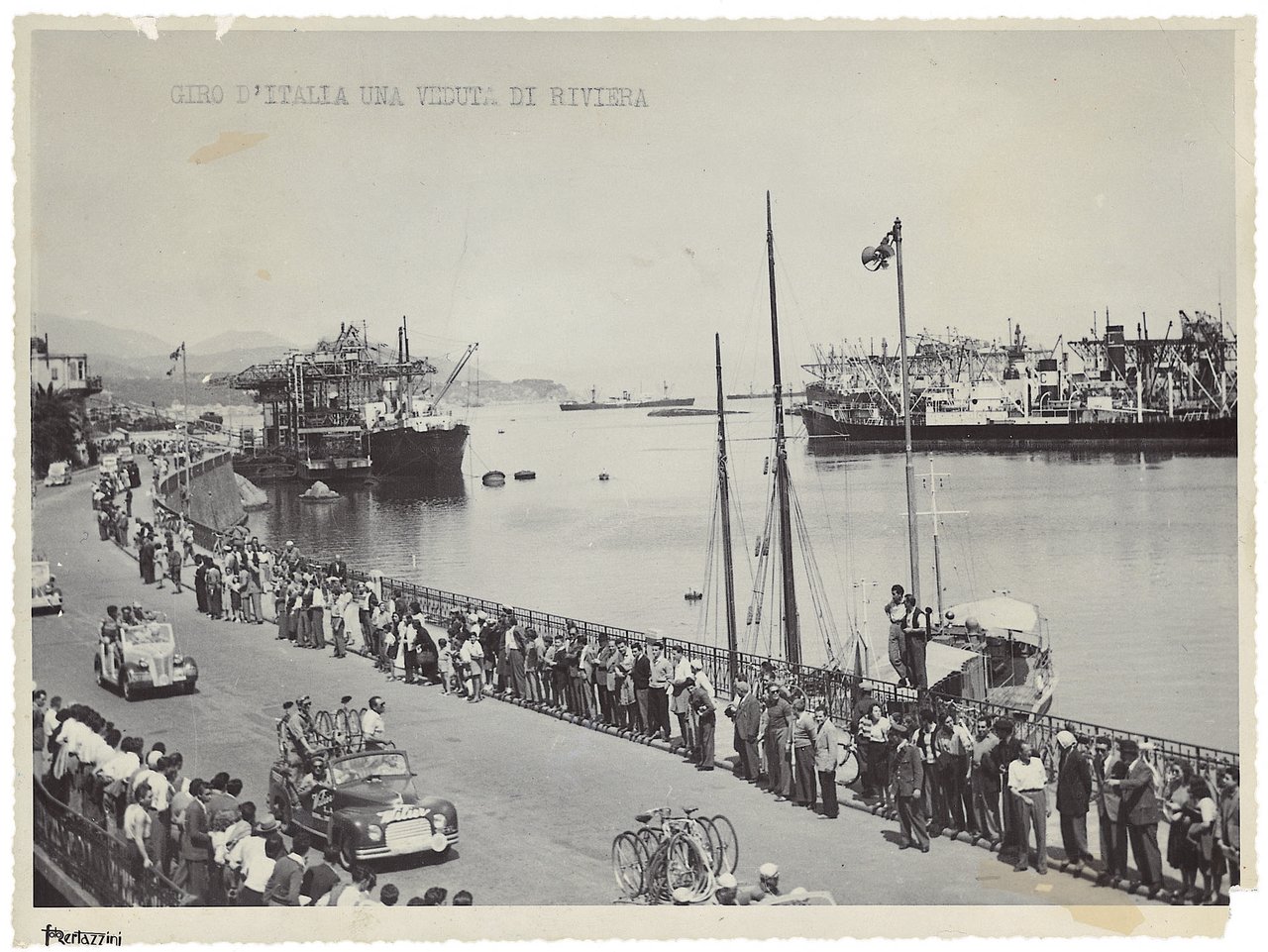
Related stories
Vincenzo Nibali and his long farewell to cycling. In the mountains. At the Giro d'Italia.
 Racing World,
Wilier 0 SLR,
Giro D'Italia,
Astana,
Filante SLR,
Astana Qazaqstan Team,
Tour Of The Alps
Racing World,
Wilier 0 SLR,
Giro D'Italia,
Astana,
Filante SLR,
Astana Qazaqstan Team,
Tour Of The Alps
Astana Qazaqstan Team and Wilier Triestina at the Giro d’Italia 2022
The final great climbs of the Giro d’Italia 2021, between Grisons and Val Chiavenna.
Riders on the storm
From Sacile to Cortina d’Ampezzo. The road to glory.
Newsletter
Fill in the form below for updates on all that's new in the Wilier Triestina world, with plenty of content: product news, technical insights, professional teams, fairs and events, ambassadors, promotions and offers, all arriving in your email box. And if you no longer want to receive news from us, you can unsubscribe at any time.


